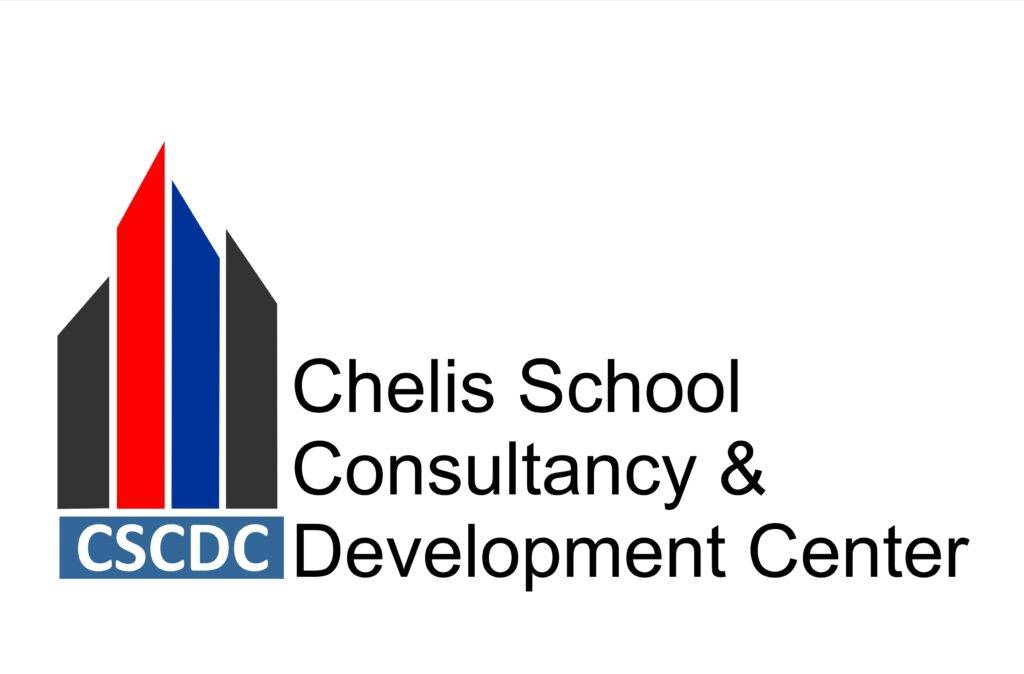About Course
Pre-Jolly Phonics & Phonemic Core Skills for Literacy Success (For teaching Age 3+)
Course 2 of the Pre-Jolly Phonics Core Skills for Literacy Success is the next step in building a solid literacy foundation.
This course focuses on phonemic awareness, the ability to hear, blend, segment, and manipulate individual sounds in words.
The course provides structured lessons and playful strategies to teach onset and rime, sound isolation, blending, segmenting, and manipulation.
These are the critical skills children need before they can read and write using phonics.
By completing this course, you’ll ensure your learners are truly phonics ready.
What you’ll learn
· Introduction to Phonological and Phonemic Awareness
· Understand the difference between phonological and phonemic awareness.
· Onset and Rime: Identifying the beginning sound (onset) and the remaining part of the syllable (rime).
· Phoneme Isolation: Hearing and identifying the first, last, and middle sounds in words.
· Phoneme Blending: Listening to individual sounds and blending them together to form a word.
· Phoneme Segmenting: Breaking words apart into their individual sounds.
· Phoneme Addition: Adding phonemes in words to form new ones.
· Phoneme Deleting – phonemes in words to form new ones.
· Phoneme Substitution – Substituting phonemes in words to form new ones.
· Assessment and Progress Monitoring – Observing children’s phonemic development and using simple tools to track growth in blending, segmenting, and manipulation.
· Link to Phonics – Showing how phonemic awareness naturally transitions into letter-sound relationships and formal phonics instruction.
· Teaching Diverse Learners – Adapting phonemic awareness instruction to meet the needs of learners with varying abilities and backgrounds.
· Final Reflections and Next Step – Summarizing learning from Course 2 and guiding the transition into a structured phonics program like Jolly Phonics.
Each lesson includes direct explanations, classroom-tested strategies, songs, and practical examples so you can confidently deliver each concept to young children even though they are not yet reading.
These skills complete the phonological and phonemic awareness pathway and directly prepare children to begin Jolly Phonics or any other structured phonics program.
Course Content
Introduction
-
Introduction
00:00
Introduction to Phonological and Phonemic Awareness
Onset and Rime
Phoneme Isolation
Phoneme Blending
Phoneme Segmenting
Phoneme Addition
Phoneme Deleting
Phoneme Substitution
Assessment
Link Phonemic Awareness to Phonics
Teaching Diverse Learners
Final Reflections and Next Steps
Student Ratings & Reviews

